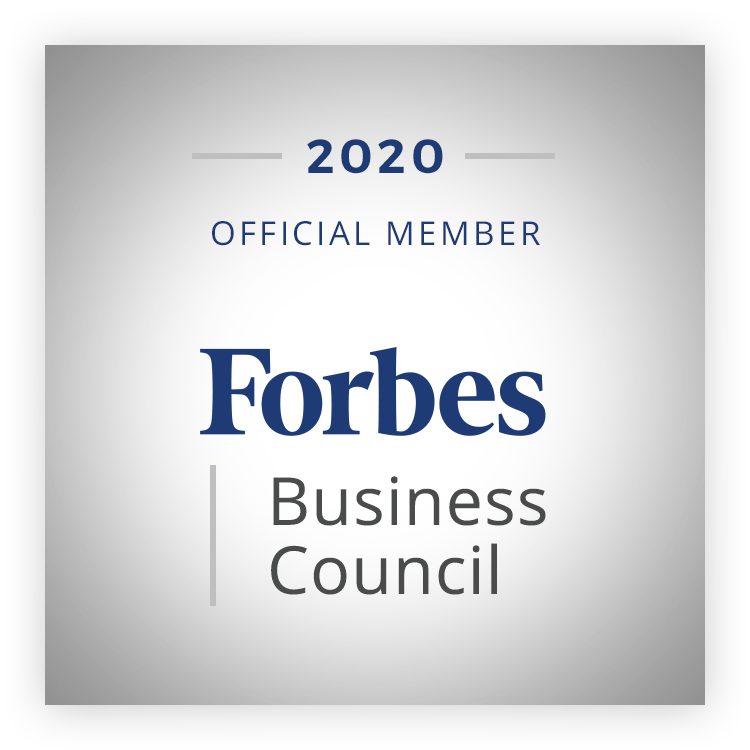Our client was a global and decentralized pharmaceutical corporation that wanted to improve agility and lower costs to keep up with more nimble competitors in the industry. The company also had a goal to improve its ESG metrics through a Lean-Agile transformation, as these metrics were increasing in importance for investors and shareholders.
We were brought in to design the company’s holistic Lean-Agile transformation strategy by assessing the company’s R&D, manufacturing, and governance processes.
Our Approach
Upon completing our Agile Organizational Assessment, we were able to find multiple areas of opportunity for our client to both lower costs significantly and improve ESG metrics.
♦ R&D was slow and laborious with delivery occurring 1-2 times a year. We needed to re-design the way the organization operated, to shift from less of a project and functional focus to more of a value-stream focus. The organization was designed functionally and data was also silo’d in terms of functional areas and individual systems. We recommended a cloud data migration with appropriate data governance that would allow greater data access and usage between teams for faster discovery.
♦ We also looked at how parts of R&D could be outsourced to reduce energy usage, by leveraging partnerships in local environments, training vendors in the Agile way of working. The trick here was balancing agility with regulatory requirements, so traditional agile approaches of self-management needed to be adapted to incorporate more management level approvals.
♦ We also recommended organizing in terms of patient solution value streams, which would allow holistic patient-focused solutions to be delivered more efficiently with less waste in packaging, etc.
♦ While the typical governance structure had been slow and laborious, we recommended evolving to more real-time governance systems for faster decision making, enabling go/no go decisions based on data and analytics
Results
Over the course of 12 months, we were able to lead implementation of an appropriate cloud data solution across 4 global regions. We were also able to significantly transform the culture and operating model of the organization into a more lean, collaborative, and value-centered one. Value streams were clearly mapped at the portfolio level and people were re-organized around these value streams.
Siloed development teams were integrated at the program level, often using video conference sessions as well as face-to-face workshops as needed. While there were hiccups as expected in the transformation process, the Lean-Agile way of working became an essential part of the culture of the organization, with ~900 staff being formally certified and coached in Scrum or SAFe.
As a result of the agile transformation, in the first year, the company significantly improved time-to-market with releases every 30 days rather than once a year and reduced operating costs significantly.


